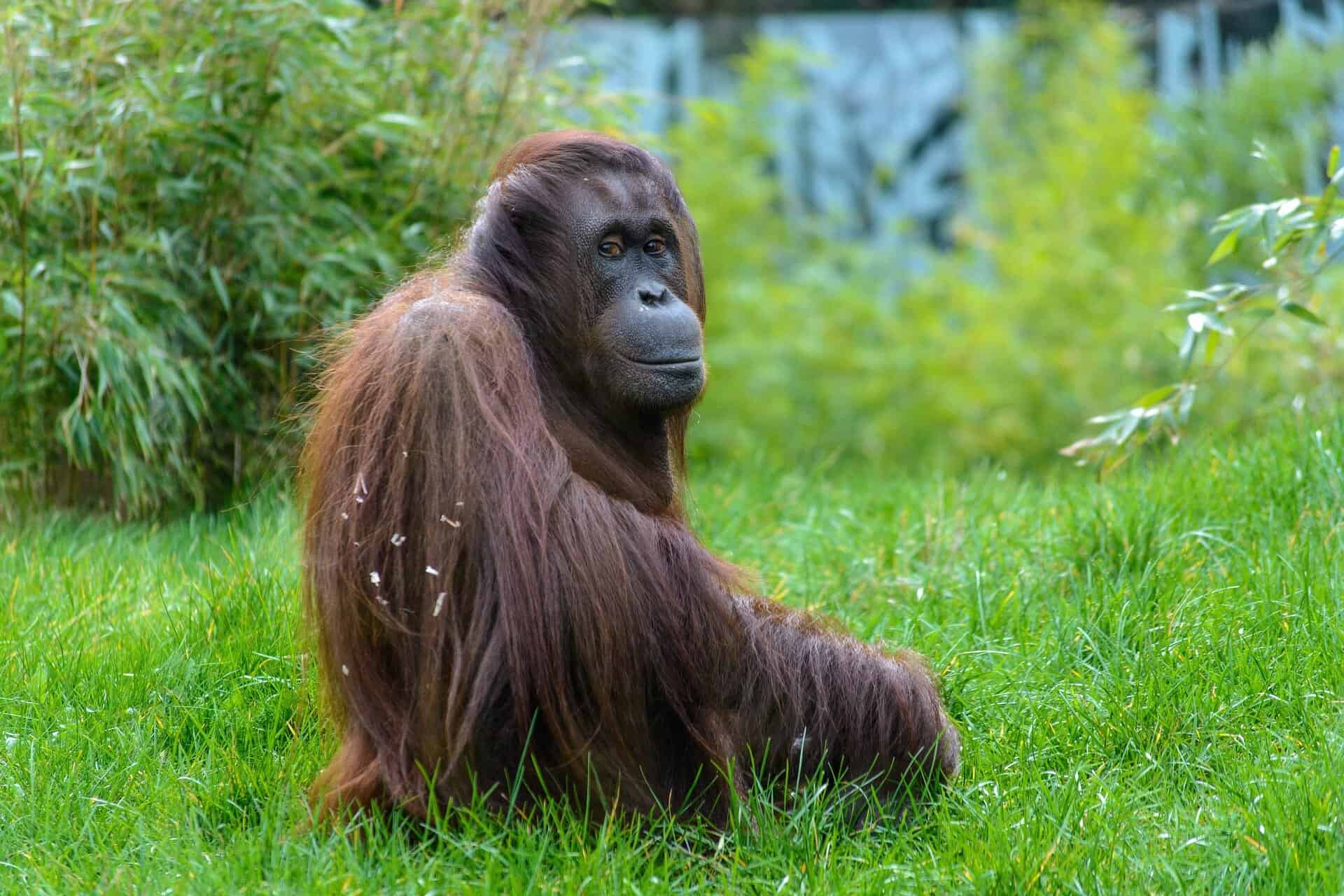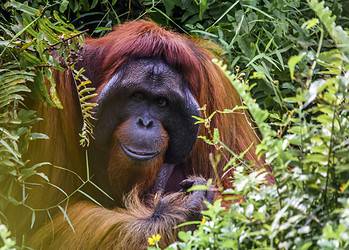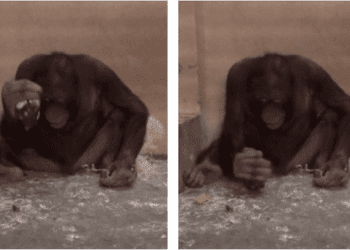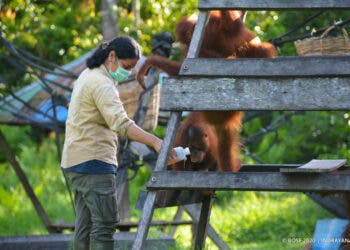We all rely on our mothers when we are kids, but orangutans take it a step further. They nurse until they are six years old and live with their moms for an additional three years – longer than any non-human animal. This allows them to acquire essential skills in locating, selecting, and processing the diverse array of foods they consume.
But what happens when orangutans finally leave their mothers and relocate outside their natal range, where the available foods can be very different? An international team of researchers has now found that, in such cases, migrant orangutans decide what to eat and figure out how to do so by watching the locals and following their actions.

“We show evidence that migrant orangutan males use observational social learning to learn new ecological knowledge from local individuals after dispersing to a new area,” Julia Mörchen, study author, said in a statement. “Migrant males not only learn where to find food and what to feed on from locals, but also continue to learn how to process these new foods.”
Migrant male orangutans get this knowledge through a behavior known as “peering.” It involves closely observing a role model for a minimum of five seconds, while being within a two-meter distance. During peering, orangutans typically face the role model and display indications of attentively mimicking their actions through head movements.
After reaching independence, male orangutans embark on migration to new areas, whereas females commonly choose to establish their territory close to their natal home range. The researchers don’t know how far male orangutans disperse but genetic data and observations suggest they travel long distances, possibly over tens of kilometers.
“This implies that during migration, males likely come across several habitat types and thus experience a variety of faunistic compositions, especially when crossing through habitats of different altitudes,” Mörchen said.
Learning by watching
The researchers went through 30 years’ worth of observations, gathered by over 150 trained observers, focusing on 77 migrant adult males of the Sumatran orangutan (Pongo abelii) at a research station in Southwest Aceh, Indonesia, and 75 adult migrant males of the Bornean orangutan (Pongo pygmaeus wurmbii) at a station in Borneo.
Their study centered on instances of “peering” behavior, during which these males were within a 50-meter range of one or more neighbors, including adult females, juveniles, or adult males. Out of the 4,009 recorded occasions, peering behavior was observed 534 times, accounting for 5.2% of these associations.
Sumatran orangutans, a highly sociable species, primarily engaged in peering at local females, followed by local juveniles, and least commonly at adult males. In the less sociable Bornean orangutan, the pattern was reversed: males most frequently peered at adult males, followed by immature orangutans, and least commonly at adult females.
This may be attributed to the limited opportunities for migrant males in Borneo to observe local females, as females tend to avoid prolonged associations with them. Following the peering behavior, migrant males demonstrated increased interaction with the food sources they had observed, effectively applying the knowledge acquired through peering.
“Migrant orangutan males in our study peered most frequently at food items that are difficult to process, or which are only rarely eaten by the locals: including foods that were only ever recorded to be eaten for a couple of minutes, throughout the whole study time,” Anja Widdig, senior author of the study, said in a media statement.
The authors emphasized they don’t know yet the exact number of instances adult orangutans need to engage in peering behavior to fully master a specific skill. Depending on the skill, adults may continue to use exploratory behaviors when encountering certain food items initially learned through peering, they added.
The study was published in the journal Frontiers in Ecology and Evolution.






